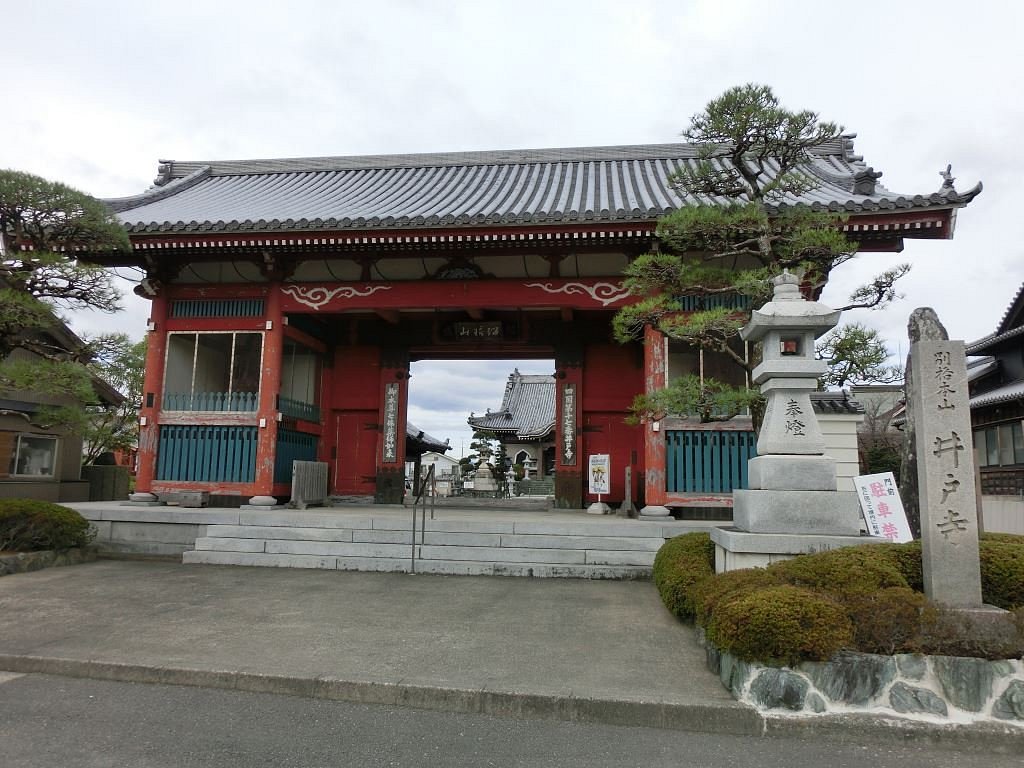The area of Tokushima prefecture is 4146.65 km², which is approximately 1.1% of the total
Japan sushi.
The main part of the area is represented by a mountainous landscape. Only along the Yoshino and Naka rivers, as well as in the coastal region, are flat areas, the largest of which is the Tokushima Plain.
Mountainous areas cover approximately 80% of the territory of Tokushima. Many mountains exceed the mark of 1000 m. From west to east, the Shikoku mountain range with the Tsurugi massif passes, where the highest mountain of the prefecture (it is also the second highest on the island of Shikoku) – Tsurugi is located. Its height is 1954.7 m above sea level. The Tsurugi mountain range is a watershed, dividing the territory of Tokushima Prefecture into north and south. The most significant peaks of this mountain range include the mountains: Kotsu, Miyune, Yahazu, Nakatsu, Kunimi, Kumoso, Nakatsumine. Along its northern slopes, the Yoshino River flows through the wedge-shaped plain of Tokushima. In the lower reaches of the Yoshino are low-lying areas. The southern slopes of the Tsurugi mountain range are densely forested and do not have many wide, flat tracts of land.

On the north side of the Yoshino riverbed are the Sanuki Mountains, which have relatively low peaks. This mountain range runs along the northern border of Tokushima Prefecture with Kagawa Prefecture. The highest peak is Mount Ryuo with a height of 1059.9 m.
To the south of Anan town and to the south, the sheer mountains of the coastline look straight into the sea, creating a surprising contrast with the sandy beaches to the northeast. The deep ocean makes this place suitable for the construction of ports and harbors.
Great Naruto Bridge
The Great Naruto Bridge is a huge suspension bridge across
Naruto Strait, which connects the city of Awaji in Hyogo and the city of Naruto in Tokushima Prefecture. This is one of the routes connecting the main Japanese island of Honshu with the island of Shikoku. It also serves as the Kobe-Awaji-Naruto Highway and the main transportation channel between the Kinki and Shikoku regions.
The bridge is 1,629 meters long and 25 meters wide. There is also a “sea promenade”, located at a height of 15 meters – it is called “Uzu-no-Miti”, which means “whirling road”. At the end of this promenade there is a sightseeing platform. The floor is made of glass, and when you look down, you can feel like you are flying over the waves of the sea. There are also four resting places on the bridge. In addition, there are various games and activities that will help you learn about the waves in the Naruto Strait and demonstrate the mechanism of wave formation.
Indigo
The cultivation of indigo and indigo dye production was born in Tokushima in the tenth century. The area was
almost destined for the production of ai-zom, since its soil is rich and water is abundantly present. Within a few decades, va-indigo, or the blue color of Japan, became the flagships of the region.

The technique is simple: dried indigo leaves are boiled in water for three to four months before being mixed with the ashes. The color obtained from this technique allowed the city to flourish and contributed to its fame. Indigo is also found in many Japanese craft techniques, such as printing, traditional aizuri (paintings done in blue and white). This prosperity has also allowed the region to become a world champion, with the sumptuous Awa Dance Masturi (one of the biggest festivals in Japan) organized every year, as well as many traditional puppet shows, Awaji Ningyo.
Whirlpools Naruto.
The Naruto Strait that separates Shikoku from the island
Awaji is famous for its famous whirlpools. The nature of their occurrence is the circulation of huge flows of water during the tides of the Pacific Ocean and the Inland Sea of Japan. But the time of the highest tide of these two streams is different, as a result of which the difference in water level can reach 1.5 m. This leads to the fact that water from a higher position rushes to a lower one, while in the center it flows faster than at the edges.
This change in speed is what causes whirlpools to form. In addition, directly below the Onaruto Bridge, there is a V-shaped underwater ridge that descends to a depth of 90m. , the flow of sea water further contributes to whirlpools. Naruto whirlpools can be observed in the morning and afternoon every 6 hours. They have different sizes. On full moon days, especially in spring from late March to late April, the whirlpools are larger than on ordinary days. Their diameter can reach 20 m.




